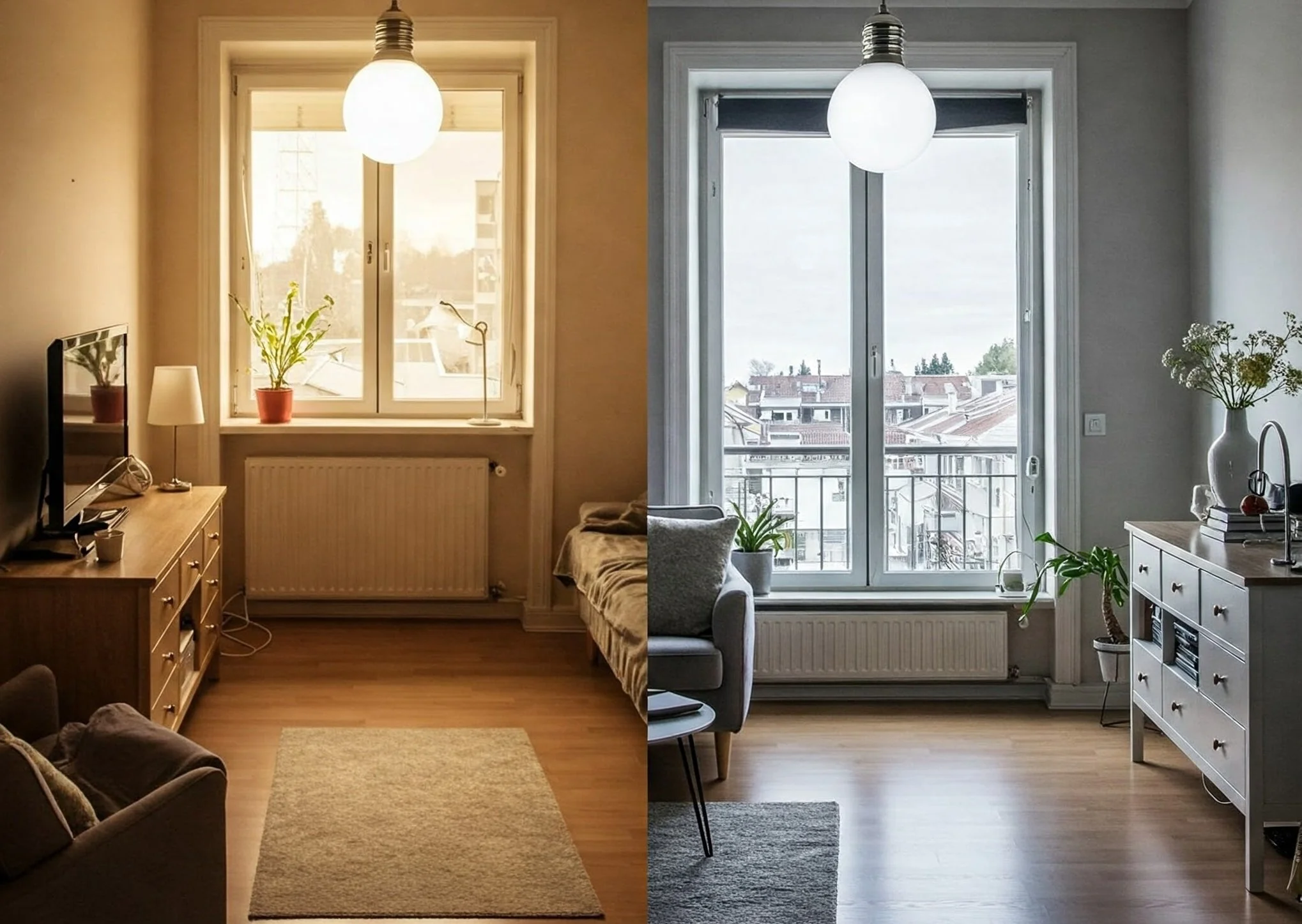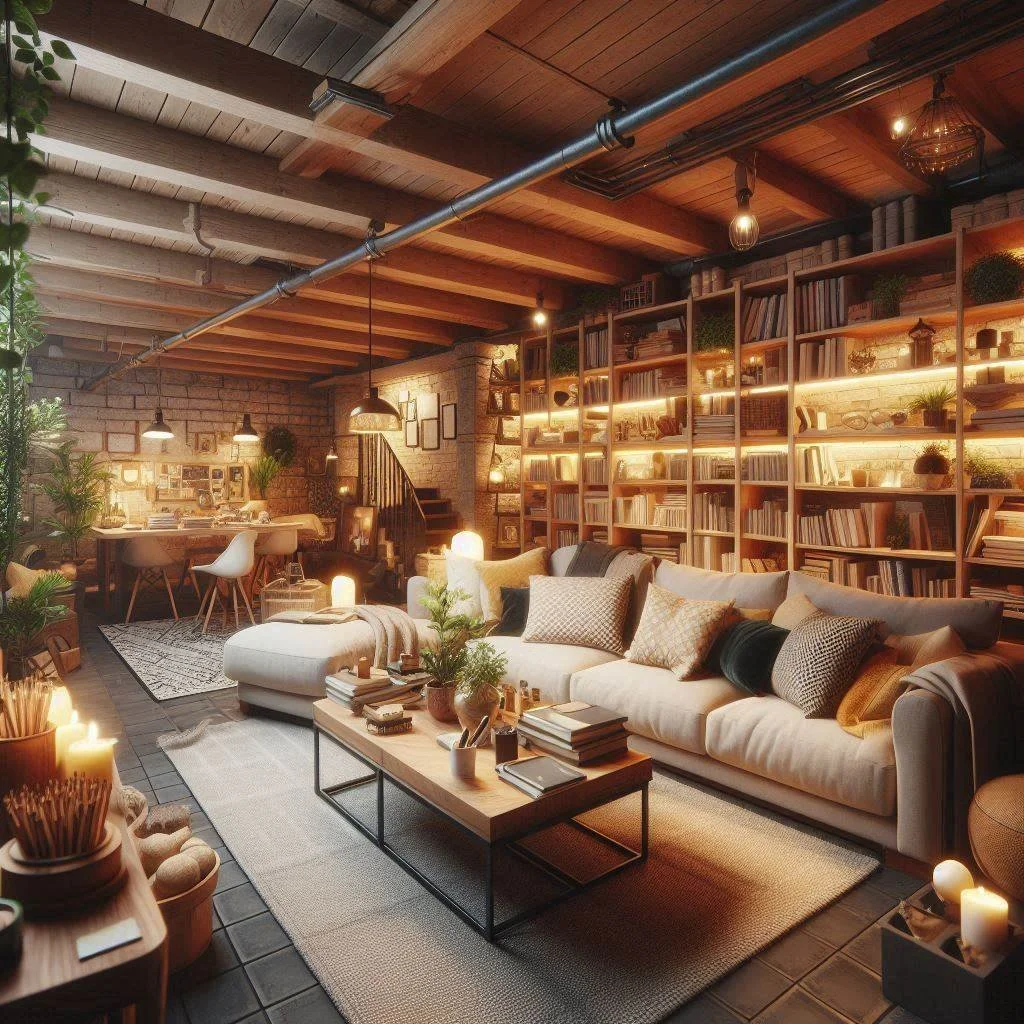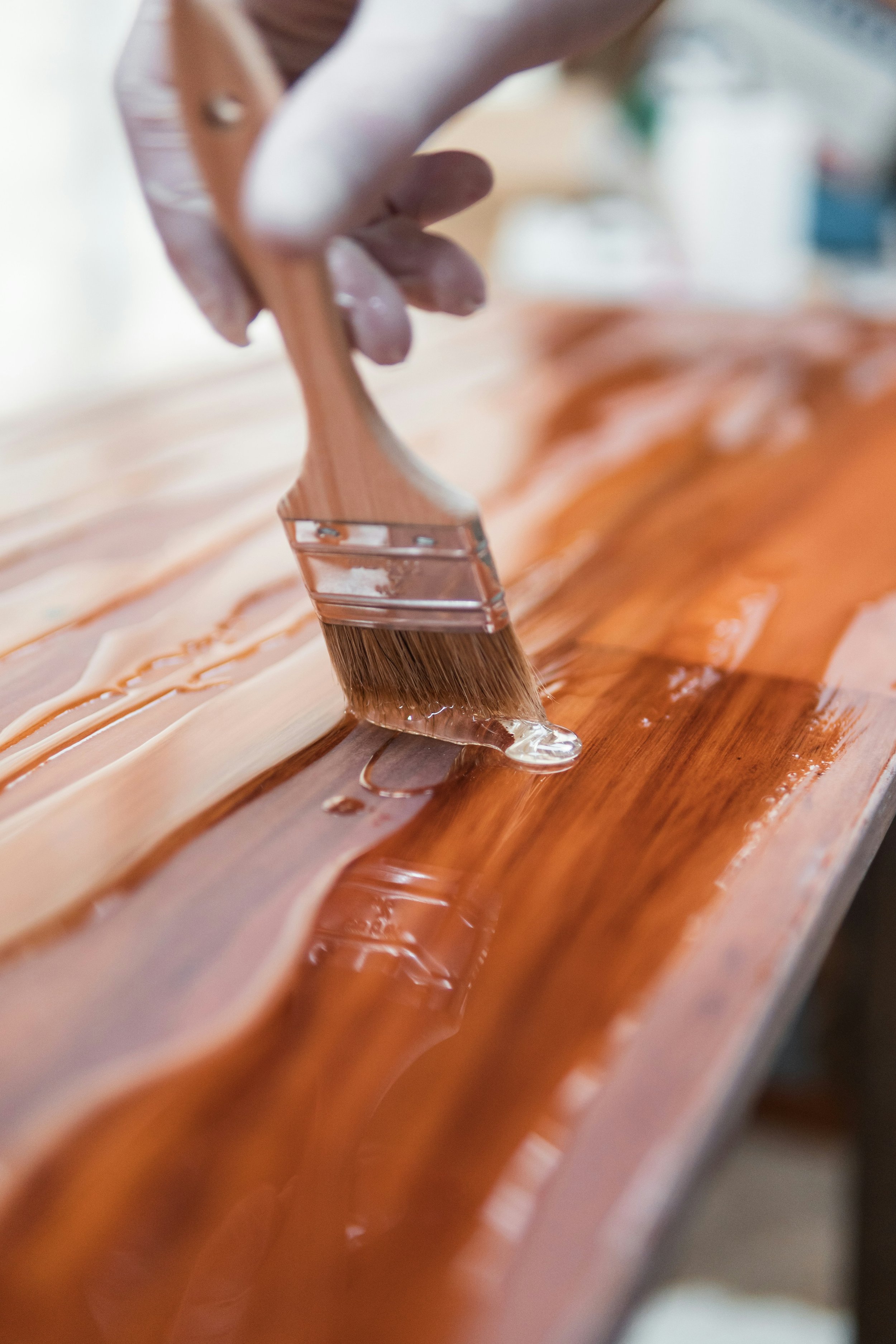What Is a Scullery? A Guide to This Functional Space
Curious about the scullery? Discover the meaning and purpose of this practical space, its history, and how it’s making a stylish comeback in modern homes.
Ever heard someone mention a scullery and found yourself wondering, What on earth is that? You’re not alone! The scullery is one of those old-school concepts making a surprising comeback, especially among homeowners who crave both style and function. But what exactly is it, and why would anyone need one in their home? You’re about to find out. In What Is a Scullery? A Guide to This Functional Space, we’ll break down the purpose of a scullery, its origins, and how you can incorporate one into your home to streamline your daily routine and keep clutter at bay.
What Is a Scullery? A Guide to This Functional Space
Simply put, a scullery is a secondary kitchen or utility space designed to handle the messier tasks of cooking and cleaning. While your main kitchen remains tidy and guest-ready, the scullery manages the behind-the-scenes work, from washing dishes to meal prep. It serves as the kitchen’s hardworking sidekick—tucked away but essential for keeping everything running smoothly. This hidden workspace allows you to keep dirty dishes, clutter, and food prep out of sight, ensuring the main kitchen stays organized and presentable. Sculleries often include additional sinks, dishwashers, and storage, making them ideal for large households or those who love to entertain. Whether used for baking projects, cleaning cookware, or storing appliances, the scullery takes the pressure off your primary kitchen. This setup not only streamlines your cooking routine but also adds functionality and efficiency, giving you the freedom to enjoy a neat, stress-free kitchen experience.
A Quick History of the Scullery
The word scullery comes from the Old French term esculier, meaning "keeper of dishes." Historically, the scullery was a separate space used by servants to wash dishes, polish silverware, and prepare food in grand homes and estates. It was also the go-to spot for doing laundry, cleaning vegetables, and handling other messy chores. While it faded out of fashion in the 20th century, the scullery is experiencing a revival, as modern homeowners realize the benefits of having a dedicated space for life’s messier tasks.
Why Are Sculleries Making a Comeback?
With today’s open-concept kitchens, everything is out in the open—including the mess. Whether you’re hosting a dinner party or just making a quick lunch, those dirty dishes and cluttered countertops can ruin the vibe. That’s where the scullery steps in!
Here are a few reasons why sculleries are becoming popular again:
Keeps the kitchen looking tidy: The scullery gives you a place to stash dirty dishes and food prep tools out of sight.
Perfect for entertaining: You can prep meals in the scullery while your guests enjoy a spotless kitchen.
Ideal for big families: If you’ve got a full house, the scullery provides extra space for all the cleaning and cooking that comes with it.
Great for hobby chefs: Love baking or experimenting in the kitchen? A scullery gives you room to spread out without cluttering the main kitchen.
A scullery is the ultimate solution for keeping your kitchen organized and functional, especially if you love to entertain or cook for a crowd. It keeps the main kitchen looking tidy by providing a separate area to stash dirty dishes, prep tools, and ingredients, leaving your kitchen spotless. For entertaining guests, the scullery allows you to prep meals behind the scenes without disrupting the atmosphere. It’s also a lifesaver for big families, offering extra space for cooking and cleaning when there’s always something going on in the kitchen. If you’re a hobby chef who loves baking or experimenting with new recipes, a scullery gives you the freedom to spread out without cluttering your main kitchen space.
Key Features of a Scullery
Not all sculleries are created equal, but most share some common elements. Let’s explore the key features that make a scullery stand out.
1. Sink and Dishwashing Area
Many sculleries are equipped with a second sink, perfect for washing pots, pans, and delicate items like glassware. This setup makes it easier to clean as you cook without crowding the kitchen sink.
2. Storage Galore
One of the main benefits of a scullery is extra storage space. From pantry shelves to cabinets for cleaning supplies, a scullery helps keep your kitchen organized and clutter-free.
3. Appliances Out of Sight
Sculleries often house secondary appliances like dishwashers, microwaves, or even extra refrigerators. This keeps the main kitchen looking sleek and simplifies your daily routine.
4. Dedicated Prep Area
Love meal prepping for the week? A scullery gives you plenty of counter space for chopping veggies, marinating meats, or assembling meals—without taking over your main kitchen.
How to Design a Scullery for Your Home
Ready to add a scullery to your home? Whether you’re building from scratch or remodeling an existing space, here are some tips for designing a functional and stylish scullery.
Plan the Layout: Decide where your scullery will be located. It should be close to the kitchen for easy access but tucked away enough to hide any mess.
Choose Practical Materials: Opt for durable, easy-to-clean surfaces like quartz countertops and tile backsplashes.
Maximize Storage: Install shelves, cabinets, and drawers to store everything from pantry items to cleaning supplies.
Add Task Lighting: Make sure the space is well-lit, especially around sinks and prep areas.
Think About Ventilation: If you’ll be using appliances like ovens or microwaves, proper ventilation is a must.
Scullery vs. Butler’s Pantry: What’s the Difference?
You might be wondering: Is a scullery the same as a butler’s pantry? Not exactly! While both spaces are designed to support the main kitchen, they serve slightly different purposes.
Scullery: Focuses on cleaning, washing dishes, and handling messy food prep tasks.
Butler’s Pantry: Acts more like a serving area, often with storage for china, glassware, and silverware.
While both a scullery and a butler’s pantry add functionality to your kitchen, they serve distinct purposes. A scullery focuses on the messy side of cooking, providing space for cleaning, washing dishes, and handling messy food prep tasks. It’s the perfect spot to keep clutter out of the main kitchen, especially when entertaining or managing big meals. On the other hand, a butler’s pantry acts more as a serving area and offers storage for china, glassware, silverware, and other fine dining essentials. It’s designed to assist with meal presentation and entertaining, ensuring everything is easily accessible when it’s time to serve. Together, these two spaces help keep your kitchen organized, clean, and ready for hosting with ease.
Do You Need a Scullery?
Still not sure if a scullery is right for you? Ask yourself these questions:
Do you love hosting dinner parties or entertaining guests?
Do you prefer a clutter-free, open-concept kitchen?
Are you a fan of meal prepping or cooking elaborate meals?
Could your family benefit from extra storage and workspace?
If you love hosting dinner parties or entertaining guests, or if a clutter-free, open-concept kitchen is your style, adding a scullery or butler’s pantry could be a game-changer for your home. These functional spaces offer a hidden area to tackle messy prep tasks and store kitchen essentials, keeping your main kitchen neat and inviting. For those who enjoy meal prepping or cooking elaborate meals, a scullery provides the extra room you need to spread out without worrying about clutter. Big families can also benefit from additional storage and workspace, making everyday cooking and cleaning more manageable. Whether you’re entertaining or handling daily tasks, a well-designed scullery or pantry keeps your kitchen efficient and organized.
Conclusion
So, What Is a Scullery? A Guide to This Functional Space has hopefully given you a clear picture of what a scullery is and why it’s becoming a popular feature in modern homes. Whether you’re an avid entertainer, a busy parent, or someone who simply loves a tidy kitchen, a scullery offers the perfect solution for managing mess without sacrificing style.
From providing extra storage to hiding away dirty dishes, the scullery is the ultimate utility space—proof that some old ideas are worth bringing back. So, if you’re looking to upgrade your kitchen (and your life), adding a scullery just might be the perfect project. Happy planning!
Frequently Asked Questions
1. Can a small home have a scullery?
Absolutely! Even a small, well-planned scullery can add tremendous value. Think of it as a compact utility space with just the essentials.
2. What’s the difference between a scullery and a second kitchen?
A scullery is usually smaller and focuses on cleaning and prep, while a second kitchen might be fully equipped for cooking and meal prep.
3. Do I need plumbing in my scullery?
While not required, a sink in the scullery is incredibly useful for washing dishes and prepping food.
4. Can I add a scullery to an existing home?
Yes! With some clever remodeling, you can turn a pantry, closet, or unused corner into a functional scullery.
5. Are sculleries expensive to build?
It depends on the size and design, but a basic scullery can be affordable. Using existing plumbing and keeping the layout simple helps control costs.
































